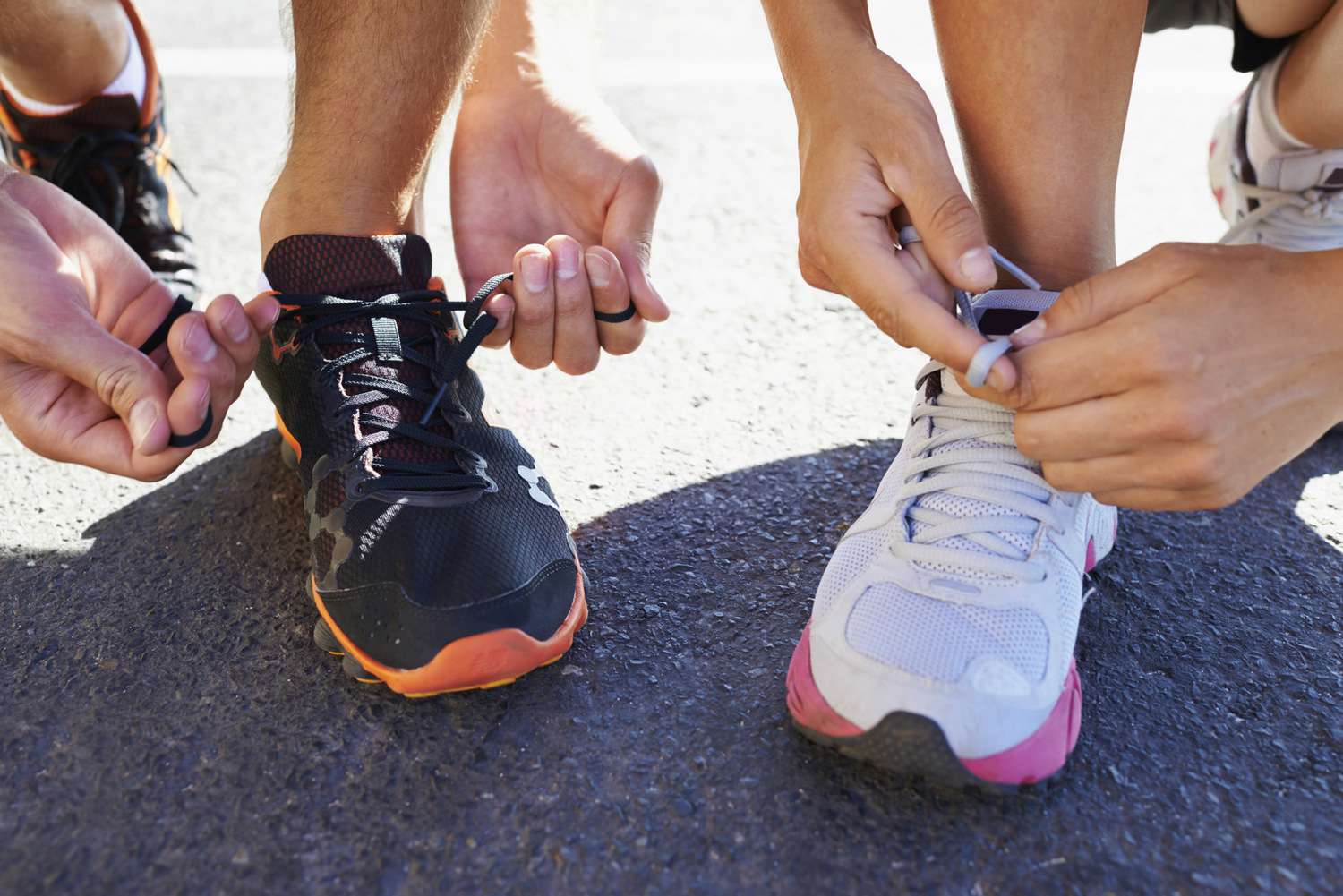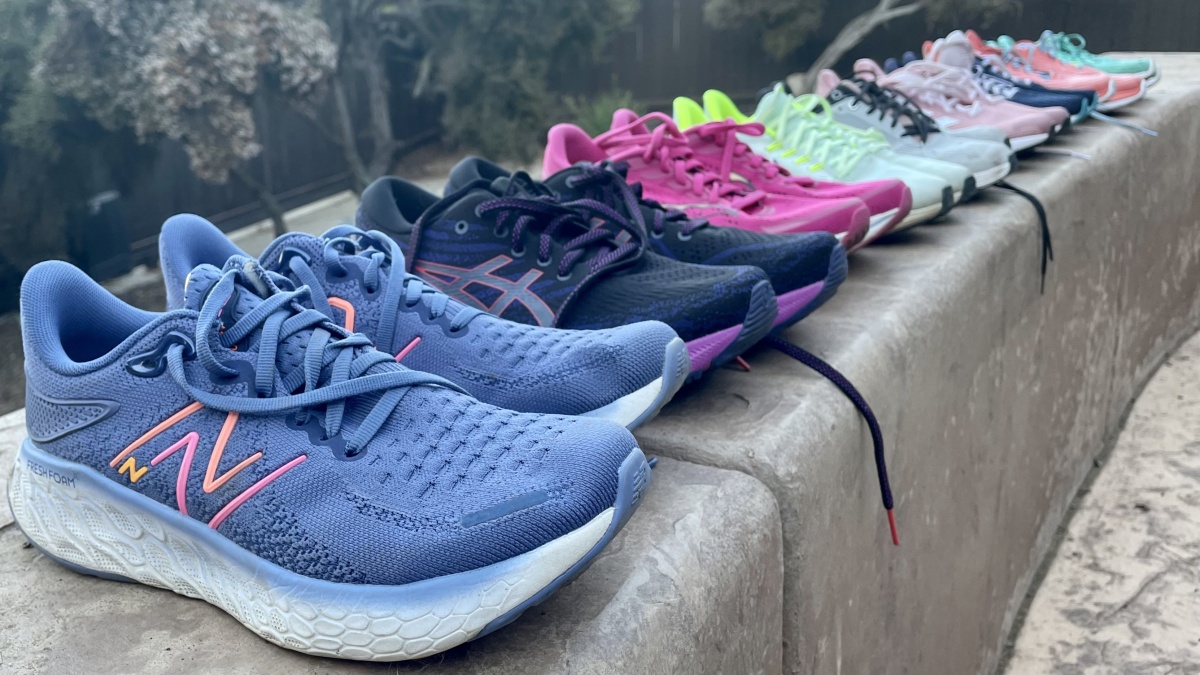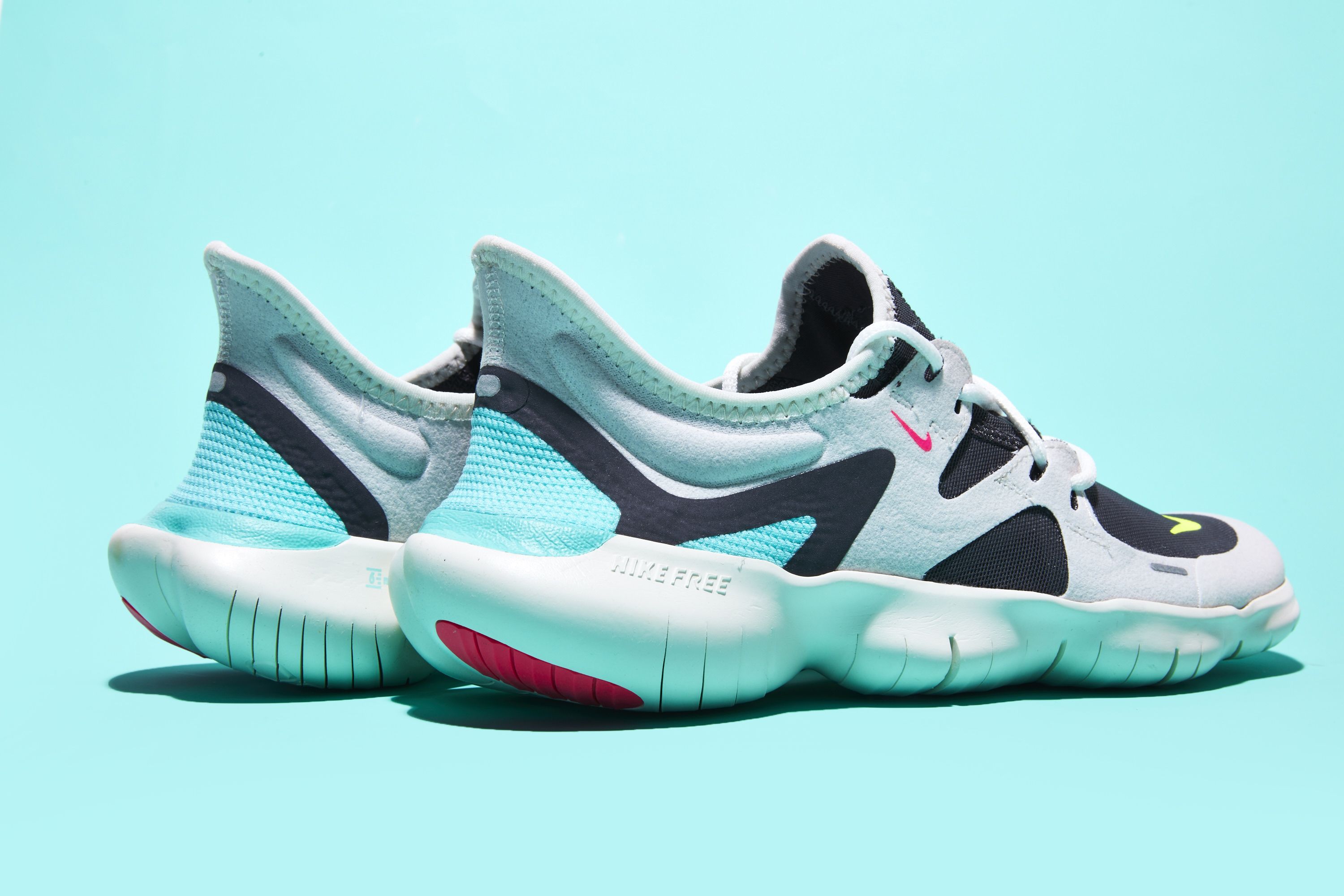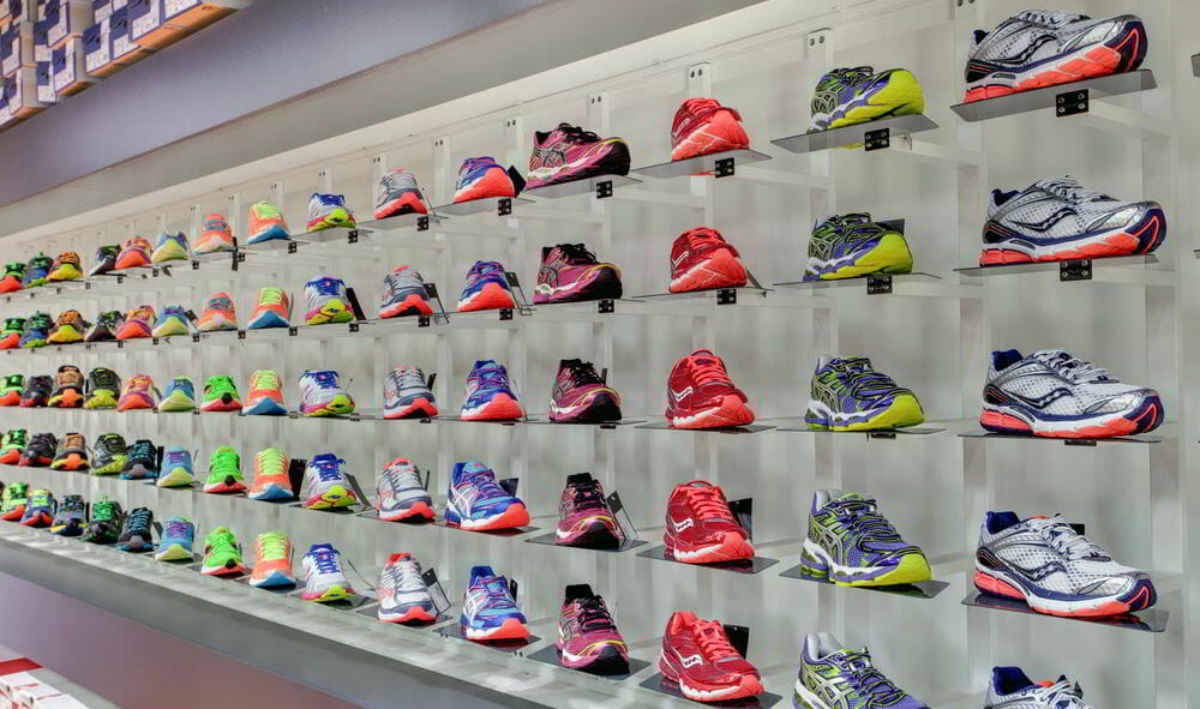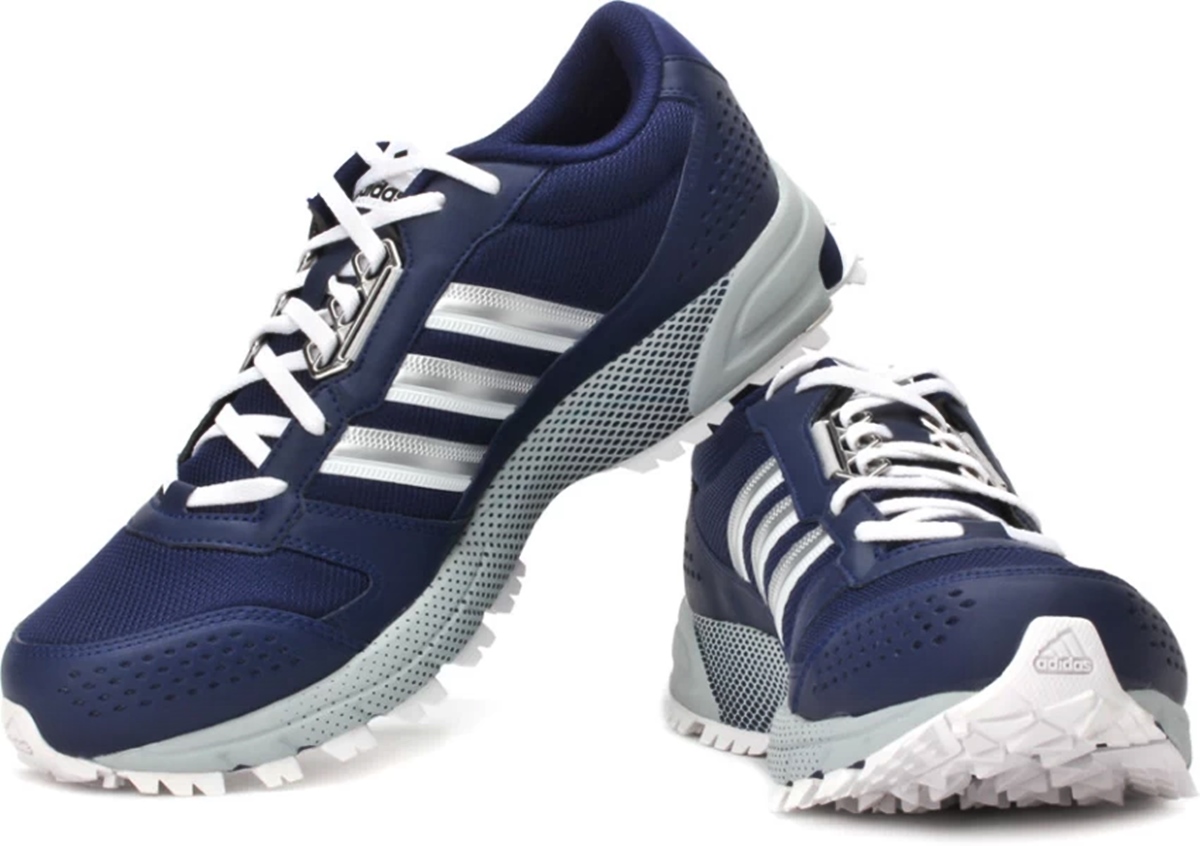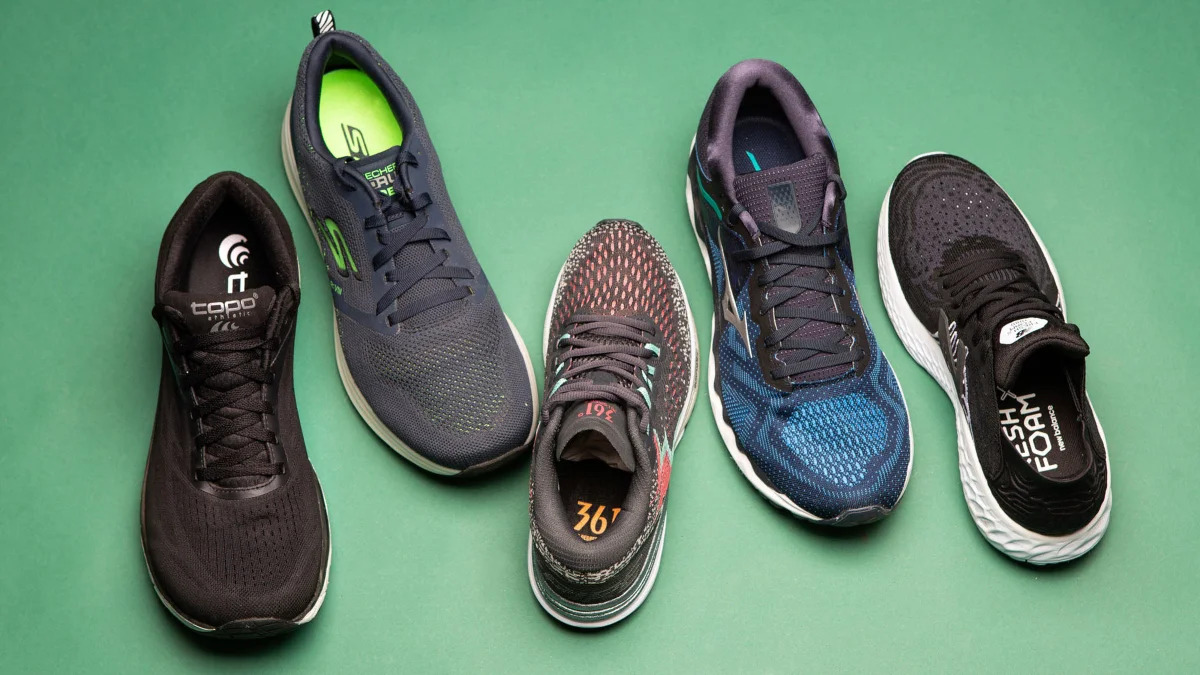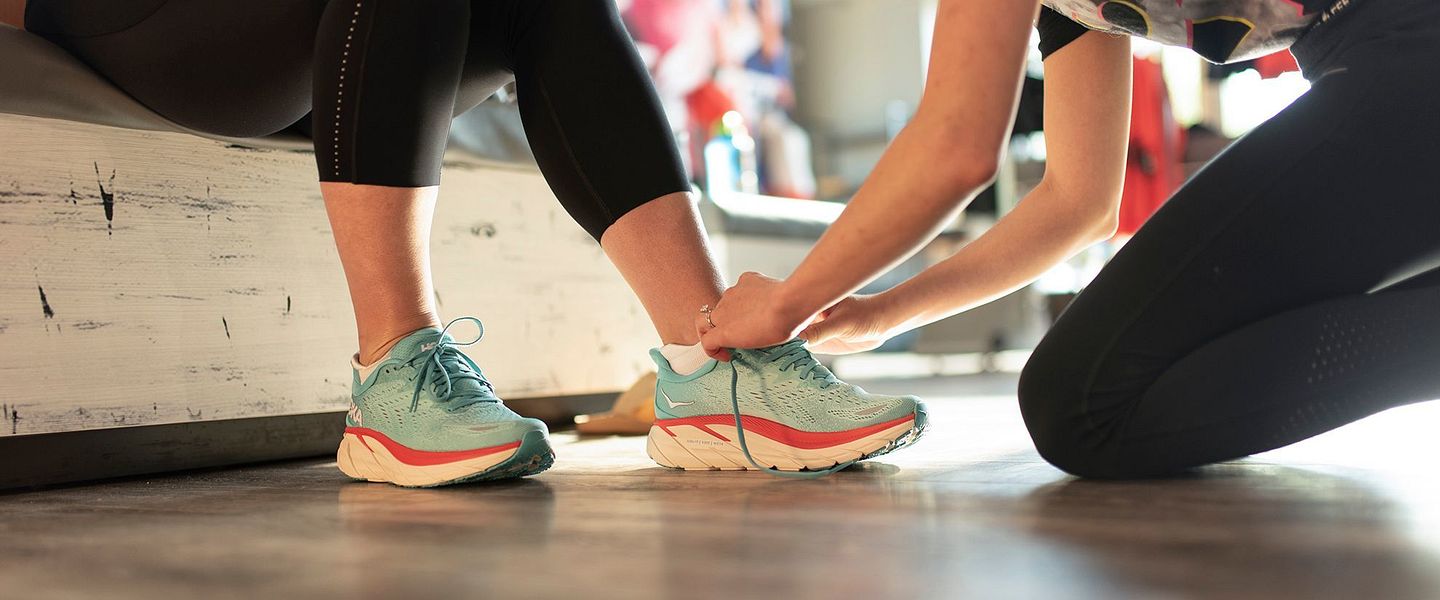Home>Misc>Featured>What Is The Difference Between Walking Shoes And Running Shoes
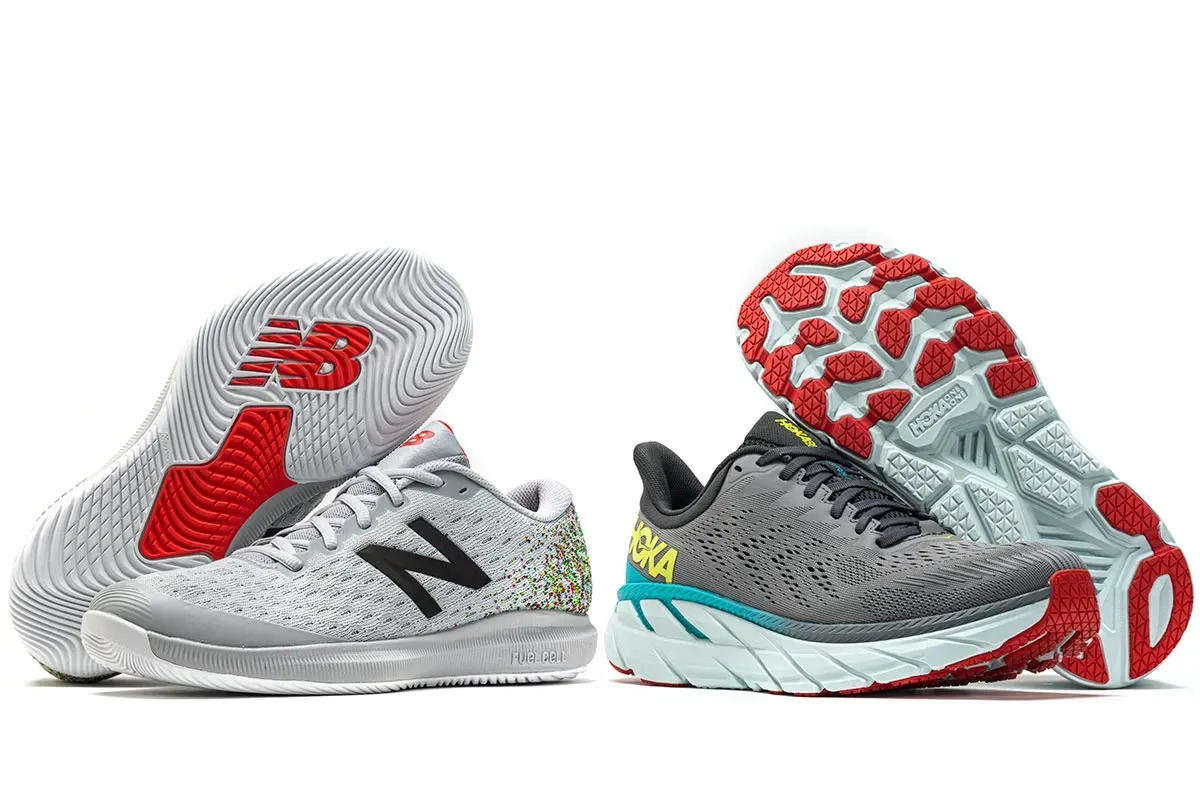

Featured
What Is The Difference Between Walking Shoes And Running Shoes
Modified: August 18, 2023
Discover the key differences between walking shoes and running shoes. Find out which one is best suited for your needs. Featured in-depth analysis and expert advice.
Introduction
When it comes to choosing the right footwear for physical activities, such as walking or running, it’s important to understand that each activity requires different types of shoes. While both walking shoes and running shoes may appear similar at first glance, there are significant differences in their design and structure that make them suitable for their respective activities.
Walking is a low-impact exercise that provides numerous health benefits and is suitable for people of all ages and fitness levels. On the other hand, running is a higher-impact activity that places more stress on the feet and joints. Therefore, it’s essential to select the appropriate footwear to optimize performance and prevent injuries.
In this article, we will delve into the key differences between walking shoes and running shoes, exploring their design, cushioning, flexibility, durability, and more. By understanding these factors, you can make an informed decision and ensure that your feet are well-supported and comfortable during your chosen activity.
Design and Structure
The design and structure of walking shoes and running shoes differ to accommodate the specific needs of each activity. Let’s take a closer look at the key differences:
- Heel and Forefoot: Running shoes typically have a higher heel drop, which means there is more cushioning in the heel area to absorb the impact of each stride. This helps to reduce the stress placed on the joints. In contrast, walking shoes have a lower heel drop to promote a more natural and even stride.
- Toe Box: Running shoes often have a wider and more spacious toe box to allow for natural toe splay during the push-off phase. On the other hand, walking shoes may have a more streamlined toe box design to provide better control and stability.
- Weight: Running shoes are typically lighter in weight compared to walking shoes. This is because running requires a faster pace and a lighter shoe helps to reduce fatigue and increase speed. Walking shoes, on the other hand, prioritize stability and support over lightweight design.
- Flexibility: Running shoes are engineered to be more flexible in order to allow for a greater range of motion during the running gait cycle. This helps to enhance the natural movement of the foot and provide a more responsive feel. Walking shoes, on the other hand, have a stiffer sole to provide better support and stability while walking.
- Support: Running shoes often have additional supports, such as medial posts or stability features, to help prevent overpronation and provide extra support for the arches. Walking shoes, on the other hand, prioritize cushioning and shock absorption to provide a more comfortable walking experience.
It’s important to choose the design and structure that aligns with your chosen activity. By selecting the right shoe, you can improve your performance, reduce the risk of injuries, and ensure a more enjoyable walking or running experience.
Cushioning and Support
Cushioning and support are crucial factors to consider when choosing between walking shoes and running shoes. Here are some key differences between the two:
- Cushioning: Running shoes are designed to provide optimal cushioning to absorb the impact of each footstrike. They often feature ample cushioning in the heel and forefoot areas, as running can generate higher forces on the feet and joints. Walking shoes, on the other hand, prioritize cushioning throughout the entire footbed to provide maximum comfort during long walks.
- Arch Support: Running shoes often have built-in arch support systems to help stabilize the foot and provide better alignment. This is particularly important for runners who have high arches or overpronation issues. Walking shoes, on the other hand, typically have more neutral arch support to accommodate a wider range of foot types.
- Pronation Control: Pronation refers to the natural inward rolling motion of the foot during the gait cycle. Running shoes often offer different levels of pronation control, such as stability shoes for overpronators and motion control shoes for severe overpronators. Walking shoes, on the other hand, focus more on cushioning and shock absorption rather than advanced pronation control features.
- Stability: Running shoes are designed to provide stability and support for quick changes in direction and rapid movements. They often feature heel counters and midfoot shanks for enhanced stability. Walking shoes prioritize stability and support for longer periods of walking, with features such as reinforced soles and structured uppers.
- Customizability: Some running shoes offer removable insoles or the option to add custom orthotics for personalized cushioning and support. This allows runners to tailor the shoe to their specific needs. On the other hand, walking shoes tend to have more integrated cushioning and support systems, limiting customizability options.
Consider your individual needs and foot biomechanics when choosing between walking shoes and running shoes. If you have specific foot conditions or require additional support, consulting with a podiatrist or footwear specialist can help you make the best choice for your feet.
Flexibility and Stability
Flexibility and stability are two important factors to consider when deciding between walking shoes and running shoes. Let’s explore the differences:
- Flexibility: Running shoes are typically more flexible in order to accommodate the natural movement of the foot during the running gait cycle. They have grooves and flex points in the outsole that allow for a greater range of motion. This flexibility helps runners achieve a more efficient and natural stride. Walking shoes, on the other hand, have a stiffer sole to provide stability and support during the walking motion.
- Stability: Running shoes prioritize stability to handle the impact and forces of running. They often have features like medial posts or stability technologies to prevent overpronation and provide a more secure foot landing. Walking shoes, while also offering stability, have a different focus. They prioritize a smooth heel-to-toe transition to support the constant forward movement during walking.
- Outsole Design: Running shoes typically have a more aggressive and durable outsole pattern to provide traction on various surfaces, including trails and uneven terrain. The design helps runners maintain stability and grip throughout their runs. Walking shoes, on the other hand, have a more versatile outsole that focuses on providing traction and stability on urban or smooth surfaces.
- Midsole Construction: Running shoes often feature advanced cushioning technologies in the midsole to absorb shock and provide responsiveness during running. This cushioning helps to stabilize the foot during each step. Walking shoes also have cushioning but typically prioritize comfort and support over responsiveness.
- Ankle Support: Running shoes generally have lower ankle profiles to allow for a greater range of motion and flexibility at the ankle joint. This freedom of movement is essential for efficient running. Walking shoes, on the other hand, may offer slightly higher ankle support to provide stability during longer walks.
Consider the level of flexibility and stability that suits your chosen activity. If you plan on engaging in more dynamic and high-impact movements, running shoes with a greater degree of flexibility may be the better option. If you primarily engage in walking or require more stability for support, walking shoes with a stiffer sole and enhanced stability features will serve you well.
Durability and Traction
Durability and traction are vital considerations when choosing between walking shoes and running shoes. Let’s examine how these factors differ between the two:
- Durability: Running shoes are designed to withstand the repetitive impacts and demands of running. They often incorporate durable materials and reinforced areas to handle the wear and tear associated with high-impact activities. Walking shoes, while still durable, may focus more on overall comfort and daily use than withstanding intense running impact.
- Outsole Traction: Running shoes feature specific outsole patterns that provide excellent traction on various surfaces, including asphalt, trails, and wet conditions. These patterns help runners maintain grip and control during running movements. Walking shoes, on the other hand, have outsole patterns designed for traction on urban or smooth surfaces, prioritizing stability and slip-resistance.
- Toe and Heel Protection: Running shoes often have additional protective features, such as reinforced toes and heels, to safeguard against impacts and abrasions. These areas are susceptible to wear and tear during running activities, so the added protection enhances the shoe’s durability. Walking shoes may also offer some level of toe and heel protection, but it is generally not as extensive as in running shoes.
- Upper Construction: Running shoes typically have breathable but durable mesh uppers to promote airflow and reduce moisture buildup. The materials used in the upper tend to be lightweight and flexible, allowing for natural foot movement. Walking shoes may prioritize durability over breathability, using more robust materials to withstand daily walking and potential scuffing.
- Maintenance: Running shoes may require more frequent replacement due to the wear and tear they experience during intense running activities. On the other hand, walking shoes tend to have a longer lifespan, as the lower-impact nature of walking puts less stress on the shoes. However, both types of shoes will benefit from regular cleaning and maintenance to ensure longevity.
Consider the level of durability and traction you require based on your intended activity and the surfaces you will be walking or running on. If your activities involve rough terrains or you prioritize durability, running shoes may be a more suitable choice. However, for daily walking and smoother surfaces, walking shoes offer the necessary traction and durability for a comfortable experience.
Fit and Comfort
Fit and comfort are two crucial aspects to consider when choosing between walking shoes and running shoes. Let’s explore how they differ:
- Fit: Running shoes and walking shoes are designed to fit differently. Running shoes often have a snugger fit to secure the foot in place and reduce slippage during high-impact movements. They typically feature a narrower toe box to prevent the foot from sliding forward. Walking shoes, on the other hand, tend to have a more generous fit, allowing for natural toe splay and a more relaxed feel during long walks.
- Comfort: Both running shoes and walking shoes prioritize comfort, but they do so in different ways. Running shoes often offer more cushioning and shock absorption to absorb the impact of each footstrike and provide a responsive feel. They aim to keep the feet comfortable during high-impact activities. Walking shoes, on the other hand, focus on overall support and all-day comfort. They offer ample cushioning throughout the midsole to provide a plush feel during longer walks.
- Breathability: Running shoes often feature breathable mesh uppers to allow air circulation, preventing excessive sweating and discomfort during intense workouts. This breathability helps to keep the feet dry and cool. Walking shoes may also have breathable uppers, albeit with a focus on durability and protection against scuffing.
- Arch and Ankle Support: Running shoes often provide targeted arch support and additional ankle support for stability during dynamic movements. They cater to different foot arch types and pronation behaviors to ensure a comfortable and secure fit. Walking shoes also offer arch support, but it is often more uniform to accommodate a wider range of foot types and walking styles.
- Sockliner and Insole: Running shoes often come with removable sockliners or insoles, allowing for customization and the use of orthotics if necessary. This helps to enhance comfort and cater to individual needs. Walking shoes may have cushioned insoles but often focus on providing built-in comfort without the need for customization.
It is essential to try on both running shoes and walking shoes to assess their fit and comfort for your specific feet. Consider factors like toe room, snugness, cushioning, and overall feel to find the shoe that offers the best combination of fit and comfort for your chosen activity.
Purpose and Usage
Understanding the purpose and usage of walking shoes and running shoes is crucial in determining which type of footwear will best suit your needs. Let’s explore the key differences:
- Walking Shoes: Walking shoes are specifically designed for regular walking activities, whether that’s a leisurely stroll or brisk power-walking. They are built with features that prioritize stability, comfort, and support for longer periods of walking. Walking shoes are ideal for individuals who engage in activities like walking for fitness, daily walks, or those who spend long hours on their feet. They provide the necessary cushioning to absorb shock and offer good traction for urban or smoother surfaces.
- Running Shoes: Running shoes, on the other hand, are optimized for the unique demands of running. They are designed to provide optimal cushioning, support, and energy return to enhance performance and reduce the risk of injuries during high-impact activities. Running shoes are suited for avid runners, whether they are casual joggers or competitive athletes. They offer the necessary support for quick changes in direction, have durable outsoles for traction on various surfaces, and promote an efficient running gait.
While walking shoes can be used for light jogging or running on occasion, it is important to note that running shoes are not recommended for regular walking activities. Running shoes tend to have a narrower focus on high-impact motion and may lack the necessary cushioning and stability for prolonged walking. Conversely, using walking shoes for consistent running activities may not provide the optimal support and cushioning required, potentially leading to discomfort and increased risk of injury.
It is important to choose the appropriate footwear that aligns with your intended activity and the demands placed on your feet and joints. Consider factors such as the frequency and intensity of your activities, the type of terrain you’ll be on, and any specific foot or gait-related concerns you may have. By selecting the right shoe for the job, you will enhance your performance, reduce the risk of injury, and ensure a comfortable experience.
